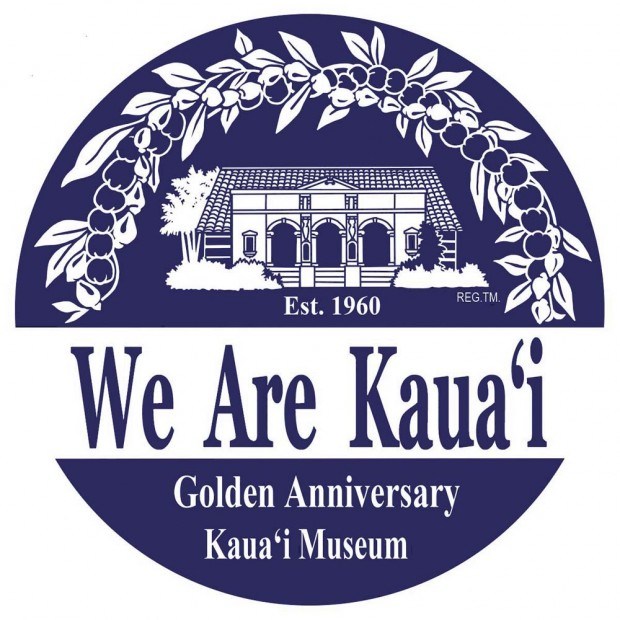We arrived on Kaua’i from Honolulu in December 1923. Our boat anchored and we were rowed ashore. Mother tells of seeing her first born handed from one brown hand to another on the big boat and to another big brown
We arrived on Kaua’i from Honolulu in December 1923. Our boat anchored and we were rowed ashore. Mother tells of seeing her first born handed from one brown hand to another on the big boat and to another big brown hand in a bouncing rowboat. I was baptized at my great grandparent’s home at Halenani in Lihu’e on December 25th 1923. There was no breakwater or pier in 1923. The breakwater started in 1928 and my earliest memory of it was in 1929. The breakwater changed the currents in the bay and the beach in front of the house started to erode so my grandfather had a retaining wall built. As soon as the jetty was built, the beach filled in to its old position and slowly started to fill in further out into the bay.
In 1930 there was a bridge across the Huleia River for both trucks and railroad. If you look closely at the side of the mountain you can see where the tracks zigzagged up the hill. Until the late fifties, there was a large building which once housed a Steam Crane and a Steam Locomotive, this equipment was used to place large rocks in the breakwater. Later, concrete “H” bars were poured on the jetty and transported by barge to the breakwater to shore up the wall instead of rocks. When the jetty was being built, rocks were hauled from the Ahukini shoreline one rock per truck. As stated in the contract, the rocks facing the ocean were to be from one to two tons in weight. There were no big rigs as there are today. Later, Lihu’e Plantation built a railroad from Ahukini to the piers at Nawiliwili. This road was used to bring bagged raw sugar for shipment. The locomotives going back to Ahukini had a pretty steep grade behind Kalapaki and there would be a lot of huffing and puffing sometimes late at night. A couple of times I greased the track and you should have heard the noise. The tracks went across the foot bridge by Dukes and back up the hill where the Marriott’s Porte Cochere is today and through the cane fields to Ahukini. At one time the ocean reached the rocky shore behind where Dukes is today.
In the twenties and thirties, Mr. Malcolm Coney owned the Konohiki or fishing rights for Nawiliwili bay and the lower part of the river. That meant that no one could fish for uouo’a (baby mullet) or akule (big eyed scad) in the bay or river. He had a man who would climb to the top of the hill where the strobe light for the airport is today and look for akule. When he spotted a school he would raise a red flag and the boat with the nets would leave shore and row out to where he would tell them to stop. Once he was sure of where the fish were, he would raise another colored flag and by wig wag would direct the boat to the school. When they were in the right position he would signal with his flag to drop the nets and start directing the boatmen as they surrounded the school of fish. As was the custom when the lookout signaled the net to be dropped, all the women would start to gather at the mouth of the river. When the nets full of fish were brought to shore they would start to untangle the fish and throw them into bamboo baskets. These baskets would hold about seventy-five pounds of fish. A good catch would be about forty baskets. For their work the women would get eight to a dozen fish for their own to take home. This helped some of the families with food especially during the depression.
Most of the time until the 1980s the Nawiliwili stream flowed out to sea at the black rock out in the middle of the beach. In the early thirties Lihu’e Plantation would dump their excess molasses in the stream and all the opae (shrimp) would be derived of their oxygen supply and come down to the mouth of the stream and into the bay. We kids would catch them with our hands by the bucketful and give them to the Hawaiian families. Sometimes there would be o‘opu (goby) also. During the early forties the plantation dumped a lot of bagass into the stream at the mill and it would wash down into the bay. Below the 16th hole of the Ki‘ele Golf course there is a large rock against the cliff and every so often I would dive and look under the rock for ula (lobster). It was always good for three or four good sized lobsters. After the bagass, there were no more lobsters. Sometimes after a big freshet and big surf we would catch he’e (octopus) which had been stunned by the fresh water and would be washed up on the beach.



